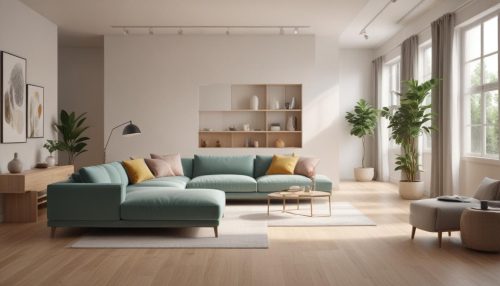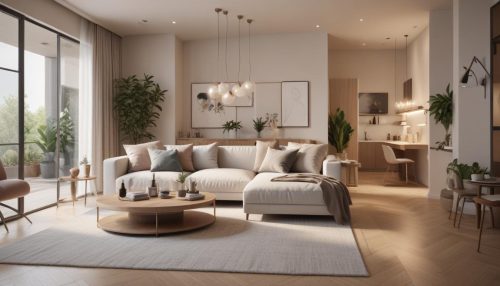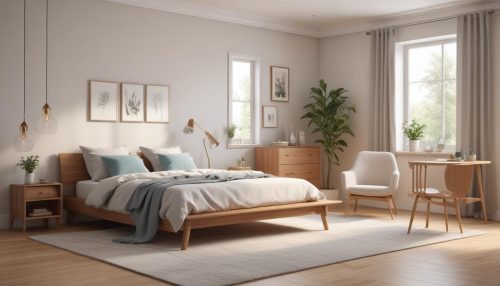Why Designing for Attention Beats Designing for Time
Emma Brooks June 30, 2025
Traditional time‑management tools rely on schedules and calendars. But innovative thinkers now argue that designing for attention beats designing for time as a way to boost productivity, well‑being, and meaningful focus. This emerging trend in lifestyle and wellness reframes how we use our limited cognitive resources. In this guide, we’ll explore why attention matters more than clock hours, review real-world examples, and offer a practical roadmap to apply attention‑first design to your life and work.

1. The Attention vs Time Revelation
A. Time Is Not the Enemy—Attention Is
Time marches on—but attention fluctuates wildly. According to Clockwise, focusing on users’ attention spans—rather than time blocks—leads to better results and less burnout . Similarly, Anton Sten reminds us that attention is a controllable resource—time isn’t.
B. Attention Architecture Outperforms Time Blocks
Attention architecture, a UX principle, involves designing experiences that balance engagement with relief. Google speaks of “digital well‑being” products created not around minutes, but users’ attention states.
2. Why Attention-Driven Design Is Vital in 2025
A. Digital Distraction Is at Crisis Levels
Wired’s “Time Well Spent” movement highlights that apps deliberately capture attention, not help users use time well. Tech giants respond with “digital wellness” tools—but focusing on time alone misses the point.
B. Hybrid and Open-Plan Workplaces Demand Focus
Quiet computing and biophilic design aim to foster environments that reduce sensory overload and support attention retention. These wellness-driven innovations emphasize attention over mere time management.
C. Ethical Tech and Positive Computing
Fields like “calm technology” and “positive computing” design interfaces that respect users’ attention instead of hijacking it. This aligns with a broader cultural shift toward mental health–focused tech.
3. Real-World Applications of Attention‑First Design
User Experience & Digital Tools
- UX guidelines now recommend reducing cognitive load by minimizing choices and interruptions .
- Popular apps provide default timers or silent modes to encourage mindful attention use.
Workplace Design
- Utilizing quiet pods, sound masking, and zoning supports deeper focus—driving performance and wellness.
- Biophilic design—plants, natural light—helps restore attention per Attention Restoration Theory.
Personal Productivity
- Experts like Maura Thomas argue for attention state checks (“focused,” “mind-wandering,” “flow”) over mere timed to-dos.
- Filling breaks with sensory resets—via music or nature views—refreshes attention more than timed breaks.
4. Guide: How to Design Your Life Around Attention
1. Map Your Attention Cycles
Track when you’re in “focused,” “distracted,” “flow,” or “mind-wandering” states. Use apps or a low-tech attention diary to capture patterns.
2. Bundle Tasks by Attention Type
Group activities based on attention needs:
- Deep tasks → during high-focus windows
- Shallow tasks → during distraction-prone periods
This validates that attention matters more than time.
3. Create Attention‑Friendly Environments
- Digital: Animate UI only when needed. Use minimal screens and scheduled notifications.
- Physical: Add greenery, acoustic panels, or a quiet zone in your home/workplace.
4. Prototype and Iterate
Test different setups:
- Five-minute mindful breaks after focused stretch
- Dedicated “no‑notification” zones
- Regular review of what design features helped your attention stay intact
5. Use Tech Thoughtfully
Choose apps or OS features that support attention:
- Android/iOS dashboards encourage mindful use
- Quiet computing tech such as date-based focus mode or app silencing helps maintain attention
5. Benefits of Attention-Focused Design
- Improved productivity: Flow states yield better ideas faster
- Lower stress and fatigue: Less mental fragmentation and cognitive load
- Greater job satisfaction: Focus beats frenetic effort, feelings of accomplishment are real
- Better digital wellbeing: Mindful tech reduces anxiety and FOMO
6. Pitfalls & Solutions
| Pitfall | Solution |
|---|---|
| Focusing on time instead | Build systems based on attention states, not clock hours |
| Rigid environments | Keep flexibility—for flow, breaks, resets |
| Lack of evaluation | Regularly reflect on what helped your attention stay strong |
| Ignoring social design | Engage teams to design joint environments: quiet time vs collaboration |
Conclusion
Focusing on why designing for attention beats designing for time equips you to craft work, digital, and life systems that respect your brain’s real resource—attention. By mapping your mental rhythms, curating spaces and tech, and iterating intentionally, you’ll work with clarity, creativity, and calm. Start small: shift one routine today to match your attention, not just the clock.
References
- Clockwise – Attention vs Time Management: Why it Matters https://www.getclockwise.com
- Anton Sten – Time vs. Attention: Which Is More Valuable? https://www.antonsten.com
- Medium / Design Bootcamp – The Psychology of UX: Designing for Focus and Mental Wellness https://medium.com





